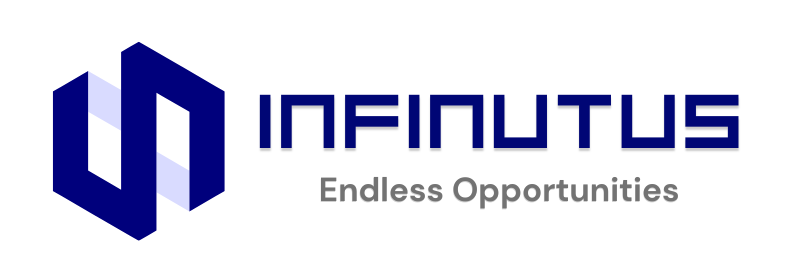
Which Language Is the Future of Web Development?
With the ever-evolving nature of technology, developers often find themselves pondering the question: “Which language is the future of web development?” In this comprehensive blog post, we will explore the current trends and analyze various programming languages to help you make an informed decision.




